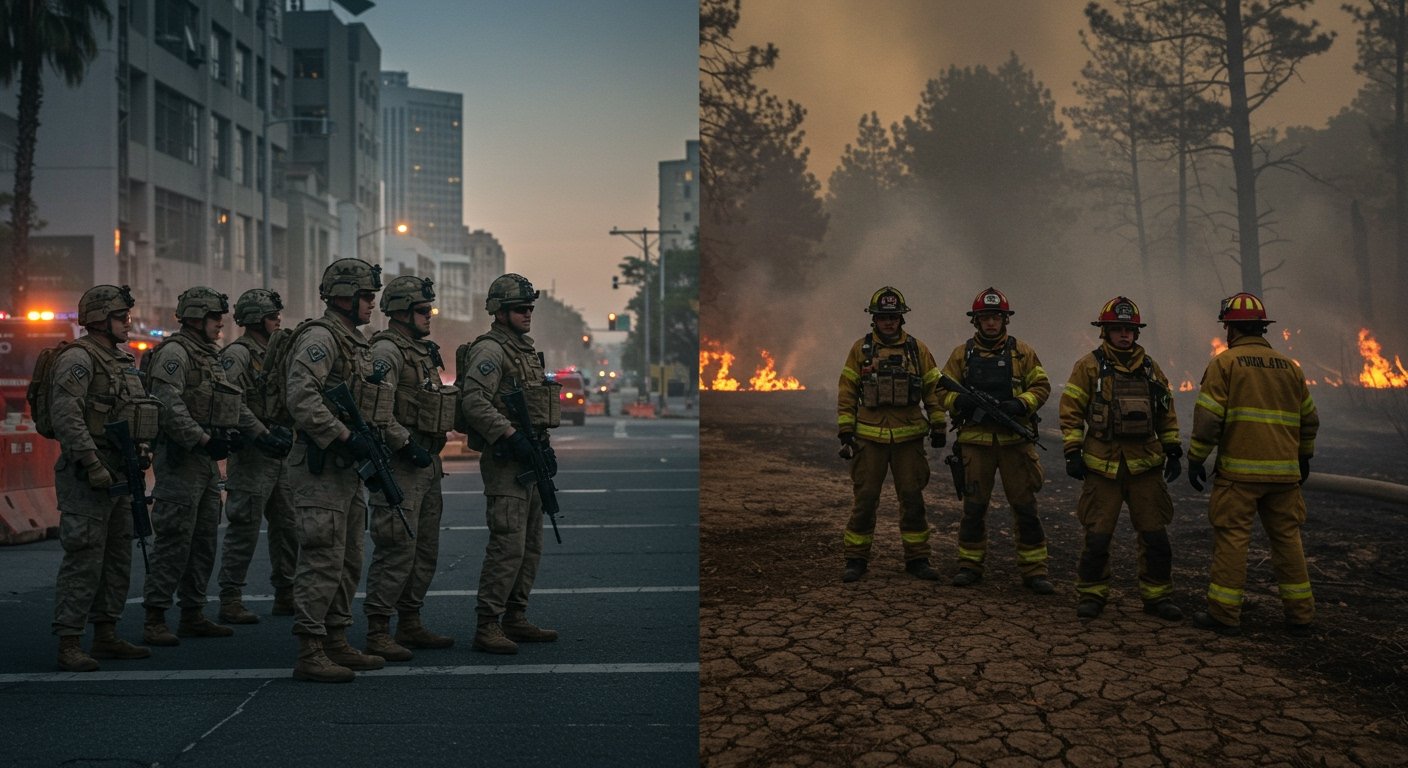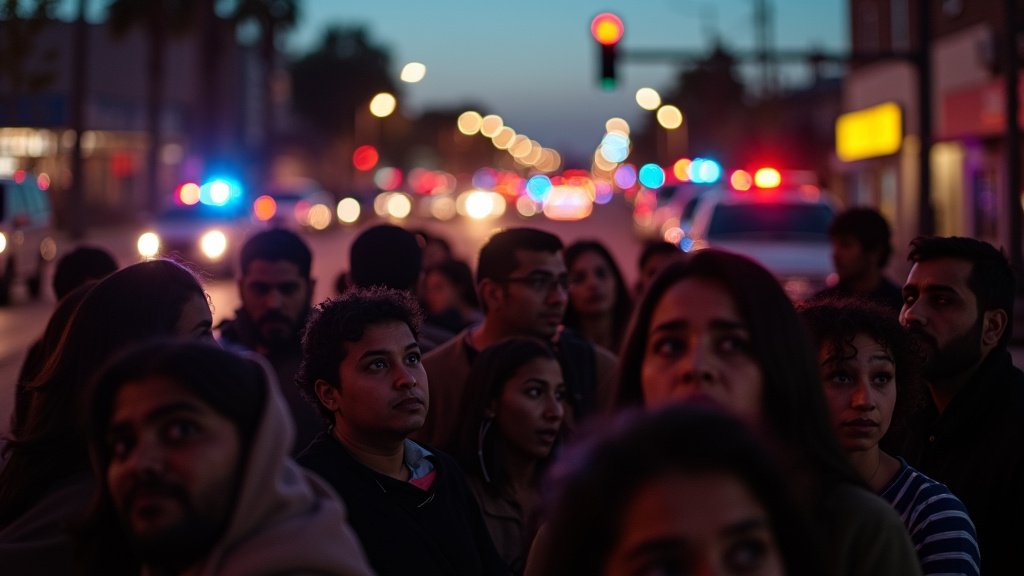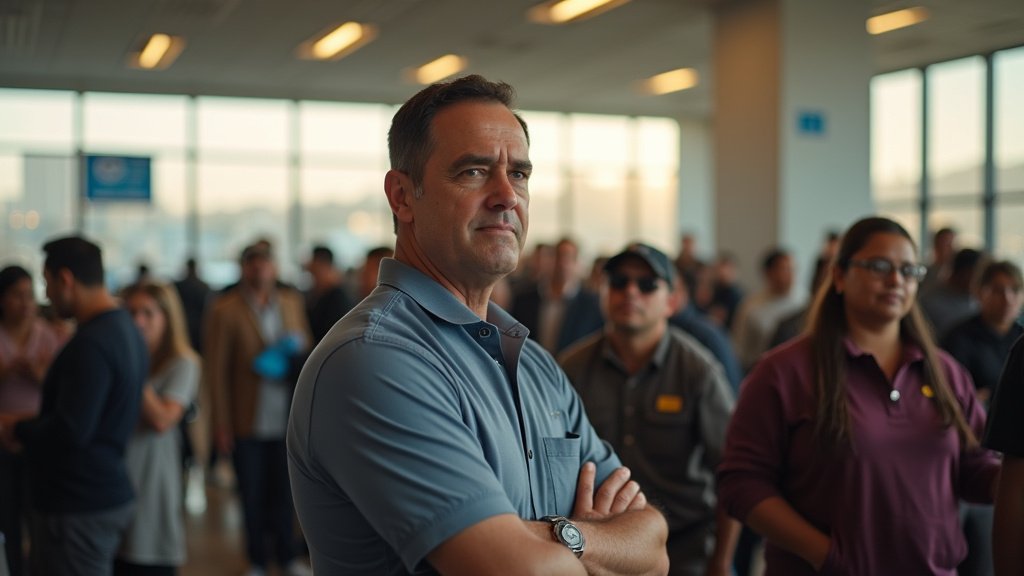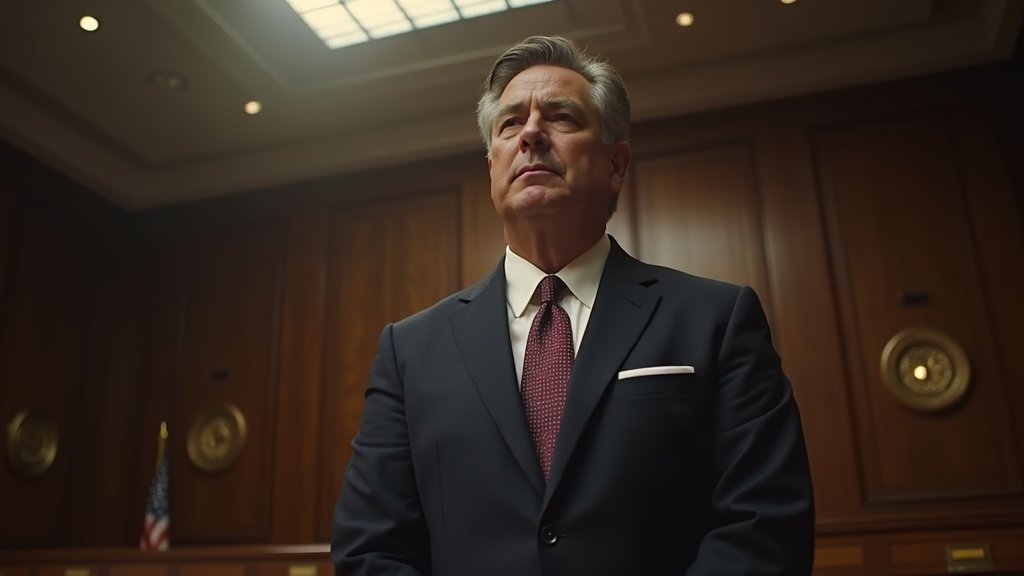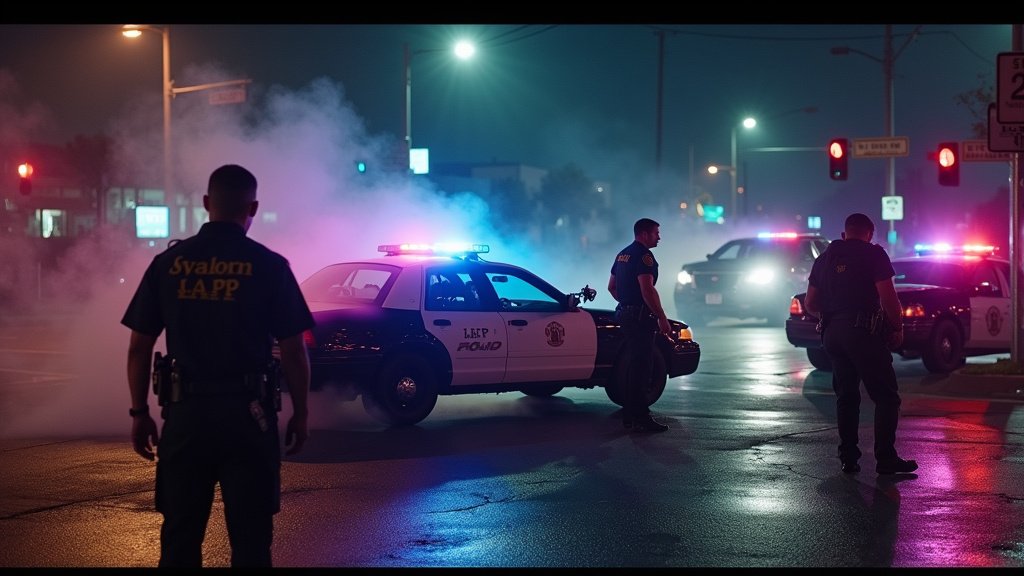A senior U.S. military commander has formally requested the return of 200 California National Guard members currently deployed in Los Angeles to critical wildfire duty within the state. The potential redeployment comes as California prepares for what fire officials predict will be an “early and active” wildfire season, potentially impacting the state’s capacity to respond.
General Gregory Guillot, leader of U.S. Northern Command, made the request to Secretary of Defense Pete Hegseth. The move aims to bolster the state’s firefighting capabilities, which state officials have indicated were strained by the large-scale deployment to Los Angeles.
Background of the Los Angeles Deployment
The presence of California National Guard members in Los Angeles stemmed from a directive by then-President Trump. Approximately 4,000 Guard members, alongside 700 Marines, were initially deployed to the city. This action was taken over the explicit objections of California Governor Gavin Newsom.
President Trump justified the deployment as necessary to safeguard federal buildings and immigration agents amid protests targeting Immigration and Customs Enforcement (ICE). However, Governor Newsom publicly contested the necessity and legality of the deployment, with the state ultimately filing a lawsuit against the Trump administration challenging the order.
Newsom’s administration argued that the federal deployment was disruptive and ill-timed, asserting that it came during what is typically considered peak wildfire season in California. This timing, state officials contended, could significantly interfere with the National Guard’s crucial role in providing support for wildfire suppression efforts.
Strain on Firefighting Capacity
The potential impact on California’s firefighting readiness has been a key concern for state authorities. Governor Newsom’s office stated “last week” that the National Guard’s specialized firefighting force was operating at only 40% capacity. This reduced operational readiness was directly attributed by the Governor’s office to the substantial number of personnel diverted to the Los Angeles deployment.
The California Department of Forestry and Fire Protection (Cal Fire) has issued warnings about the upcoming fire season. The agency expects the season to be “early and active” this year, with forecasters predicting “above-average activity in July and August.” These projections underscore the urgency behind efforts to ensure the state has adequate resources, including trained National Guard personnel, available for fire response.
The Commander’s Request and Forward Planning
General Guillot’s request for the return of 200 personnel from the Los Angeles contingent highlights a strategic focus on proactive preparation for natural disasters. While 200 represents a fraction of the approximately 4,000 Guard members initially sent to Los Angeles, their return could provide a timely boost to firefighting teams ahead of the critical summer months. The request signals an acknowledgment at the command level of the competing demands on the California National Guard’s resources.
The decision now rests with Secretary of Defense Pete Hegseth. Approval of the request would facilitate the transfer of these personnel back to state control, allowing them to rejoin or train with wildfire response units across California.
Political and Operational Context
The initial deployment to Los Angeles occurred within a broader context of friction between the Trump administration and California state leadership on various issues, including immigration and the use of federal assets within the state. The dispute over the National Guard’s role during the protests became a focal point of this tension, culminating in the state’s legal challenge.
The request to redeploy personnel back to wildfire duties underscores the operational priorities of the state, particularly concerning its vulnerability to increasingly severe wildfire seasons. The National Guard plays a vital role in these events, providing manpower, equipment, and logistical support that augments the capabilities of state and local fire agencies.
Should the Secretary of Defense approve the request, it would mark a partial reversal of the controversial federal deployment and align federal resource allocation more closely with the state’s pressing need for wildfire preparedness as the “early and active” season looms. The outcome of this request will be closely watched by state officials, fire authorities, and the public as California braces for potential fire activity in the coming months, particularly during the predicted peak in July and August.

